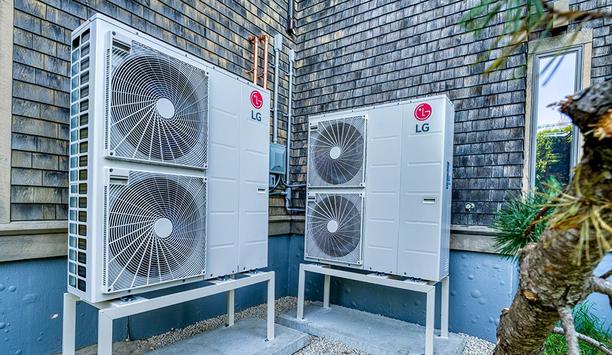There is a demonstratable link between humidity and the infectivity and longevity of a variety of viruses, such as influenza and coronaviruses, according to a new whitepaper by Munters, a globally renowned company in energy-efficient and sustainable air treatment solutions.
Titled ‘How Humidity Control Can Reduce Viral Infectivity and Longevity’, the scientific report addresses how it is possible to reduce the transmission and longevity of harmful viruses by controlling indoor Relative Humidity (RH) levels.
‘How Humidity Control Can Reduce Viral Infectivity’
The paper is based on gathered research, including studies on the efficiency of respiratory droplet transmission at humidity and temperature, virus survival and transmission at absolute humidity levels, and the effect of environmental parameters on the survival of airborne infectious agents.
Among the most notable and timely findings, the research demonstrates that at RH levels between 40 and 50%, many types of common and harmful viruses such as influenza and coronaviruses are rendered inert much more quickly than at RH levels of less than 20%.
“Viruses that cause respiratory illnesses are often transmitted by viral particles through coughing, sneezing, talking and breathing,” said Martin Ginty, Global Pharmaceutical Industry Manager for Munters.
Controlling indoor Relative Humidity (RH) levels
By effectively controlling indoor climates, it is possible to limit the transmission of harmful viruses"
Martin adds, “Research referenced in our whitepaper suggests that maintaining an indoor RH% level between 40 and 50% yields the maximum protective effect from both aerosolized and settled virus particles and that by maintaining these levels, it is possible to contribute to a healthier, safer environment.”
“This evidence is particularly relevant in locations where winter tends to consist of low outdoor temperatures and low indoor humidity, as these conditions offer a favorable environment for viral transmission,” added Ginty.
Martin further said, “By effectively controlling indoor climates in these locations, it is possible to limit the transmission of harmful viruses.”
Maintaining target RH levels
Maintaining target RH levels can be accomplished using humidity control solutions which facilitate precise RH control for indoor environments. Furthermore, the whitepaper concludes that humidity control is always useful, but particularly during a typical ‘flu season,’ where outdoor temperatures and absolute humidity tend to be lower.
















